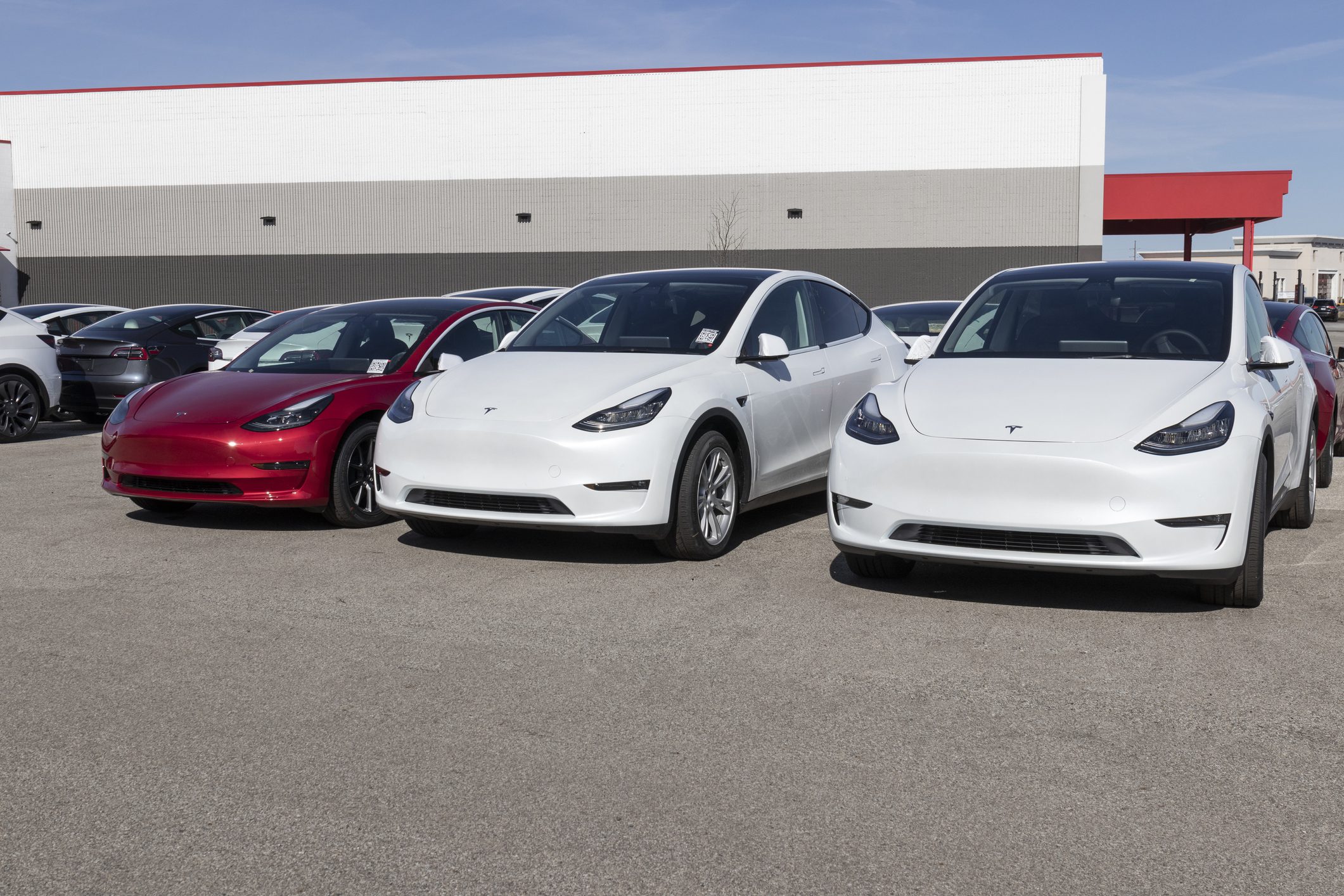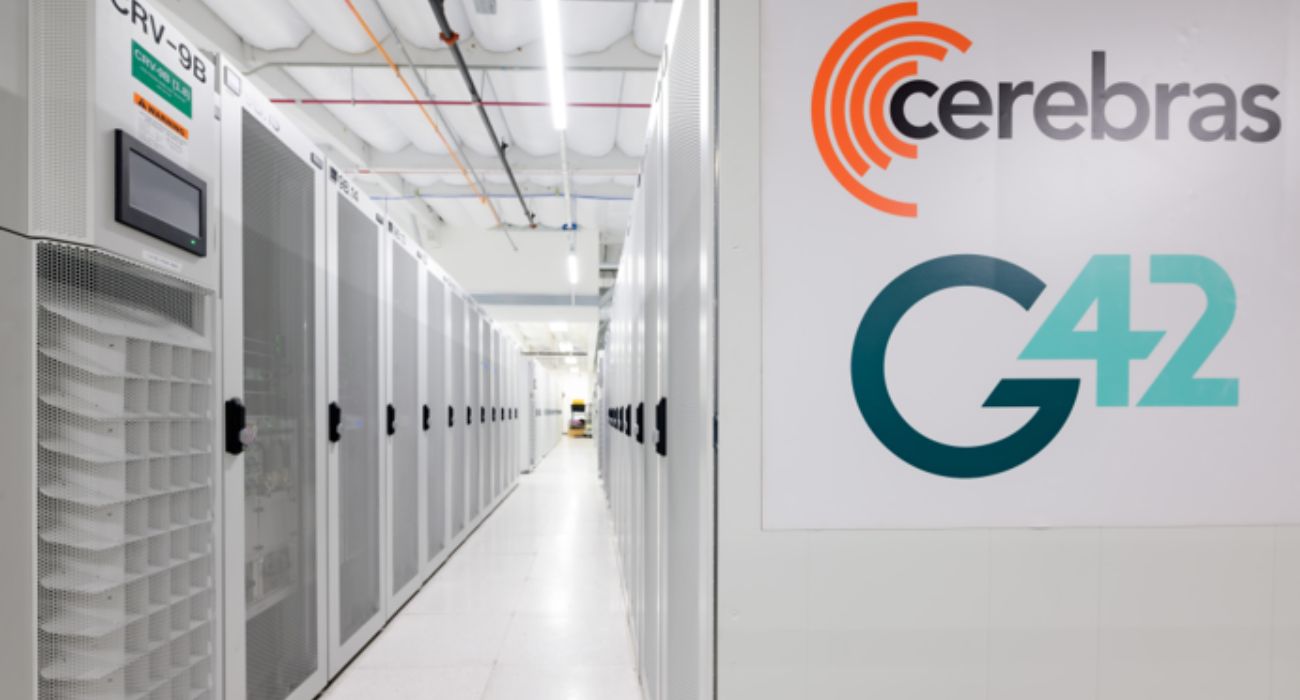Tesla has voluntarily issued a recall on nearly half a million vehicles to address trunk latching problems.
All Model 3 cars released between 2017 and 2020 and select Model S units have been affected by this recall. Tesla believes the Model 3 trunks could cause damage to the cable harness attaching the rearview camera, therefore causing the camera to fail.
The problem with the Model S is more serious, potentially preventing the front trunk from latching fully.
There are 475,418 vehicles affected by the recall, according to documents submitted to the National Highway Traffic Safety Administration (NHTSA). That number includes 356,309 Model 3 vehicles; Tesla estimates that only 1% of those models will actually display the defect. The company estimates that 14% of the 119,109 Model S vehicles will display the defect.
The Model S recall is concerning because the issue affects the front trunk, potentially obstructing the driver’s vision if it were to fly open while driving.
“The front trunk latch assembly may be misaligned, preventing the secondary hood latch from engaging,” said Tesla in their official filing with the NHTSA.
Tesla says that since the Model S problem is a misalignment rather than a component that’s damaged, repositioning the latch device at a service center will resolve the issue.
Tesla will also install new cable harnesses and guide protectors for Model 3 owners free of charge.
On Friday, December 24, Tesla released a software update that prevents video games from being played on the vehicle’s built-in displays while the automobile is in motion. This comes after the NHTSA opened an investigation into the dangerous feature.
“The Vehicle Safety Act prohibits manufacturers from selling vehicles with defects posing unreasonable risks to safety, including technologies that distract drivers from driving safely,” said the NHTSA in a statement.






